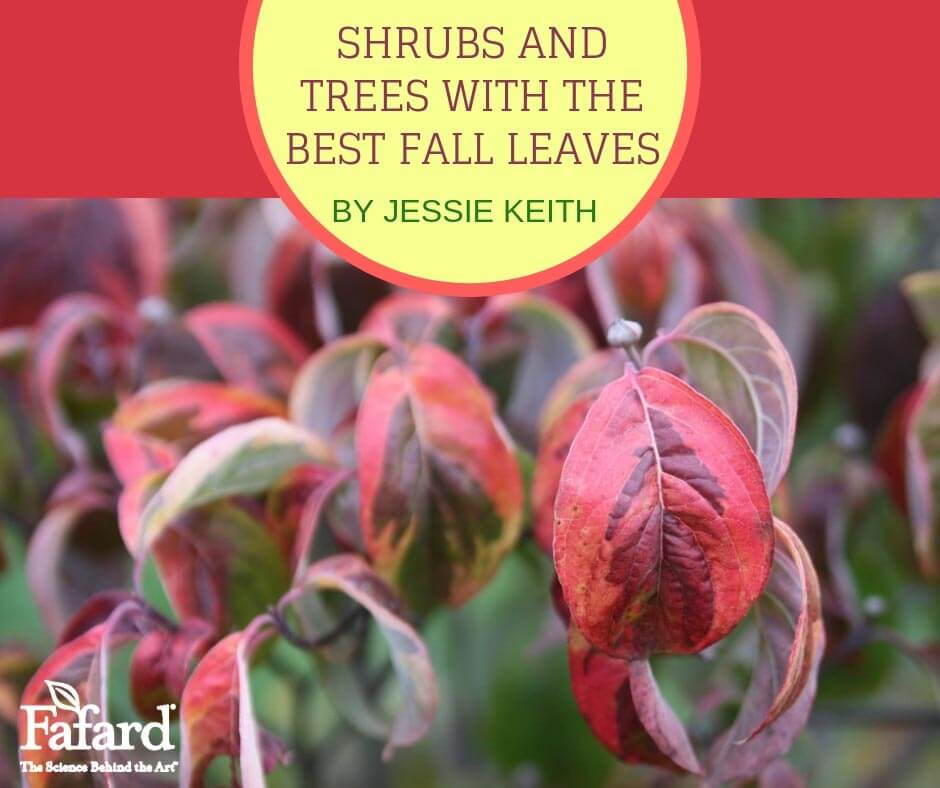
An unpruned apple tree is a snarly-branched, puny-fruited thing. One of the best ways to keep that from happening to your apple trees is to give them an annual late-winter pruning.
Fortunately, backyard apple trees don’t need the complicated pruning regimens followed by commercial orchards. A couple of hours of pruning per year can keep your trees looking good and producing reliably – even if some of their fruits are not as big or blemish-free as the ones at the supermarket.
Your task will be especially easy if your apple tree has received some pruning in the past, and has a balanced “framework” of several main, spreading branches.
Pruning Apple Trees

Apple trees bear their fruits on stubby shoots (called spurs). These are produced most heavily on relatively young, vigorous, unshaded side-branches. Selective pruning of older or crowded side-branches in late winter will leave your trees with a relatively large proportion of fruit-bearing wood, which is a good thing if you want a bumper crop of apples. Late-winter pruning also exposes your apple trees to relatively few pests and diseases, compared to pruning done in summer.
Start your tree’s winter pruning tune-up by removing dead, diseased, and broken branches. Cut well below any wood that is cankered, oozing, or otherwise showing signs of disease. Remove all cuttings from the area to prevent disease transmission.

In most cases, prune the entire side-branch, cutting just above the collar that surrounds its base.
Next, prune out water sprouts – the vigorous, vertical shoots that often originate near old pruning cuts or at the base of the trunk. Unlike “normal” growth, these can be pruned flush with their parent branch, as close as possible without damaging the bark. (If possible, check again in late spring for new water sprouts, and pluck them out by hand while they’re still young, small, and supple.)

Continue by pruning out crowded growth. Choose between competing branches by comparing their positioning and potential fruitfulness. For example, branches that grow horizontally (rather than at an angle), that balance well with their neighboring branches, or that have numerous fruiting spurs should remain, if possible. Wayward growth – such as branches that impinge on paths – is also fair game for removal.
Finally, look for any remaining side-branches that have little or no spur growth, indicating low productivity. These can go, as long as their removal does not mar the look or balance of the tree.
Renewal Pruning Older Apple Trees

Apple trees that have returned to their natural, snarly state require more extensive pruning, which may include the main framework as well as side branches. Start as above, by removing dead, diseased, and broken side-branches, congested growth, and water sprouts. Then prune larger branches as necessary to balance the tree’s framework and reduce its size (if desired). This extensive pruning will  trigger a major outbreak of water sprouts, which should be removed in late spring (by the hand-pulling method) or summer.
trigger a major outbreak of water sprouts, which should be removed in late spring (by the hand-pulling method) or summer.
Whatever the amount of renovation required, try not to remove more than a third of the tree’s growth at a time. Especially snarly trees may require a multi-year restoration effort.
To help your freshly pruned apple tree’s growing season get off to a good start, mulch around its base with an inch of Fafard@ Premium Topsoil in spring, after the surface of the soil has warmed. Fertilizer is not necessary, particularly for heavily pruned trees, which will respond to their feeding by producing an even greater abundance of water sprouts.



































